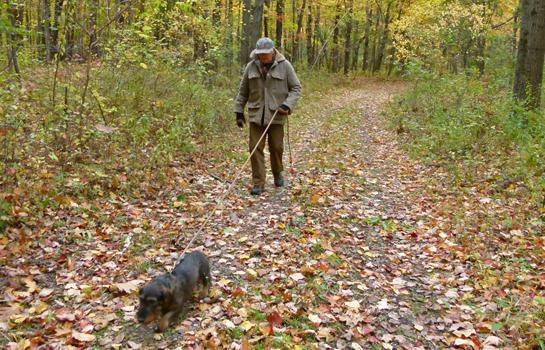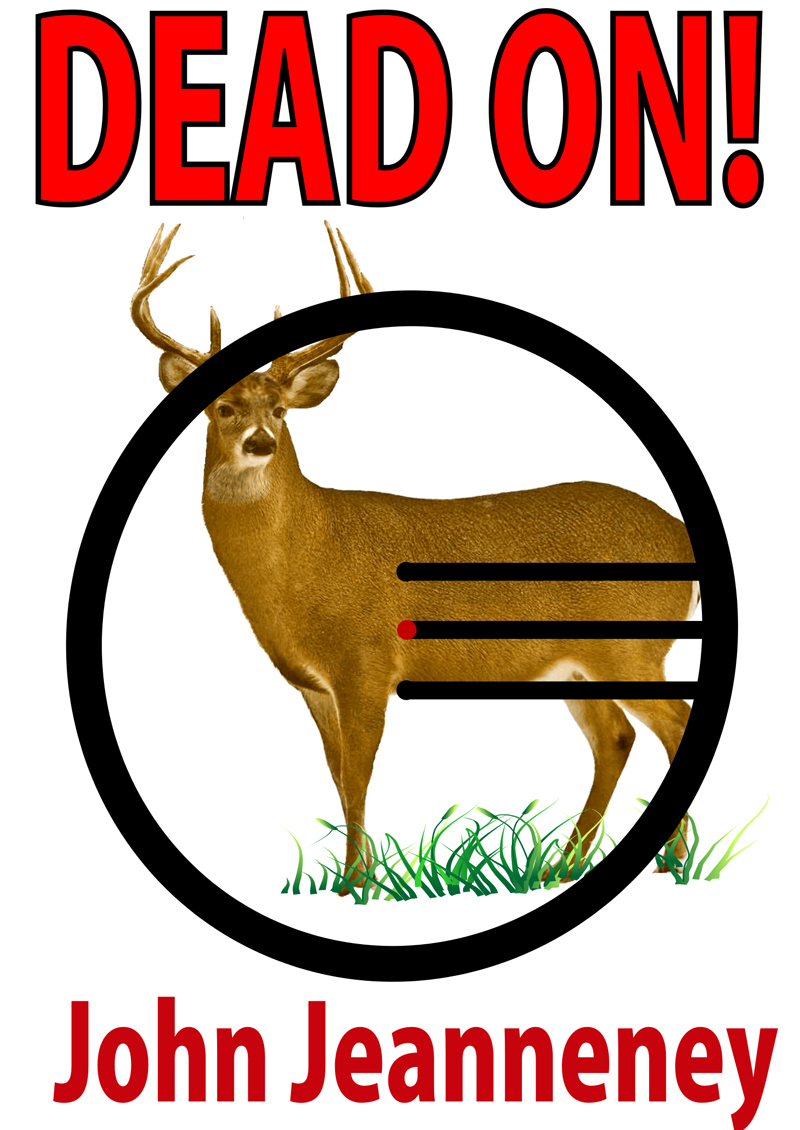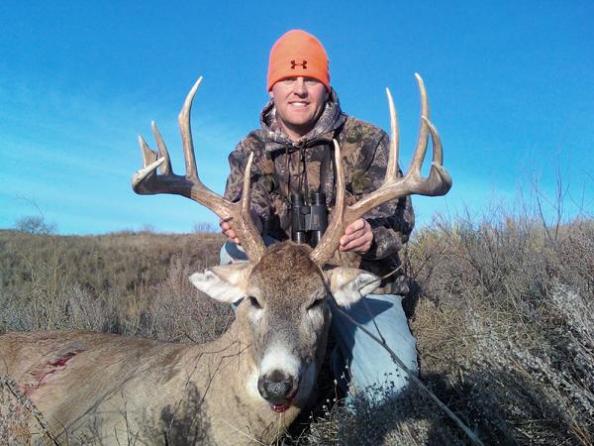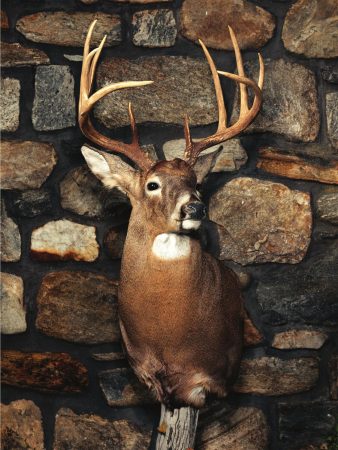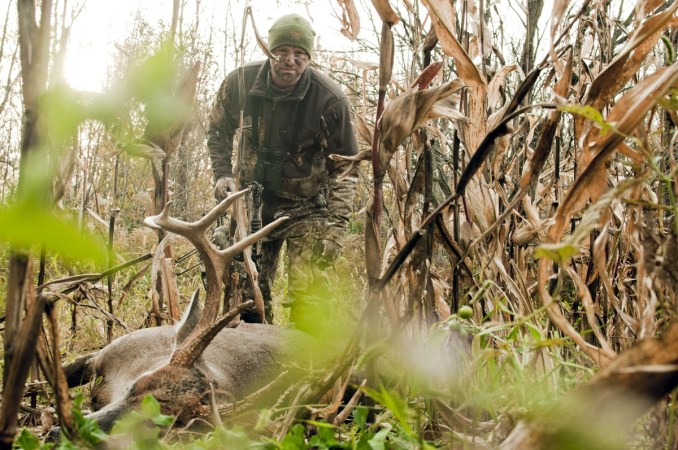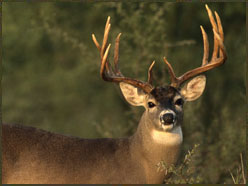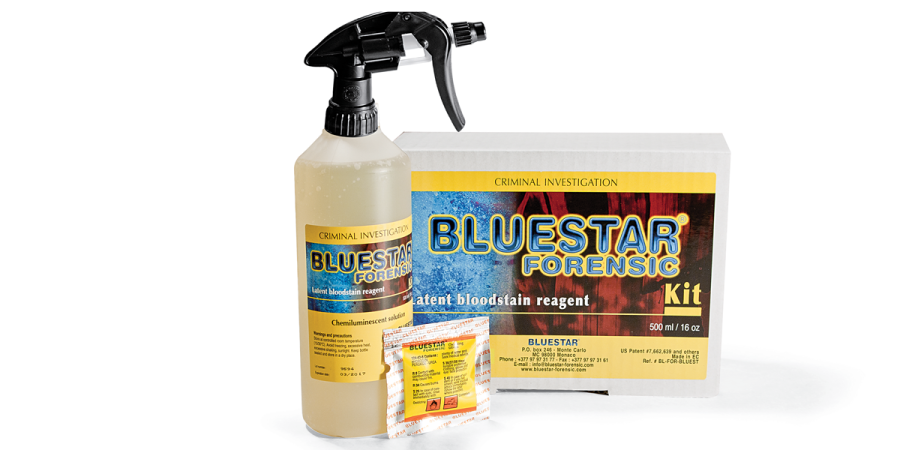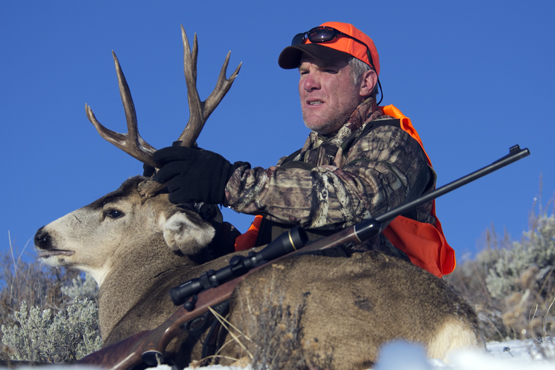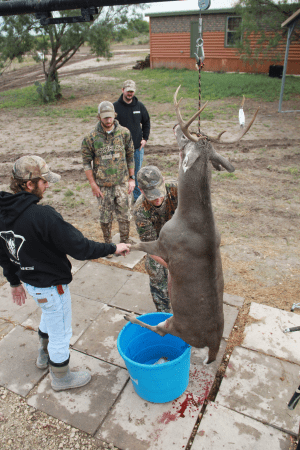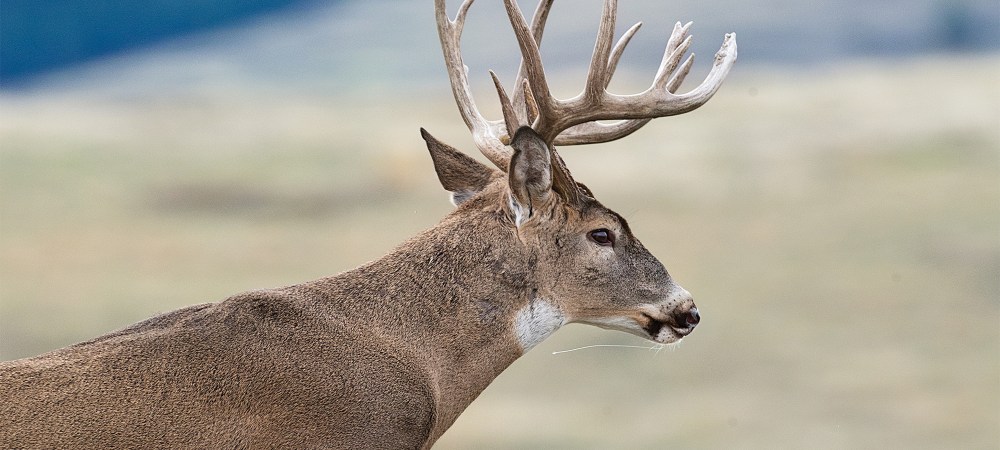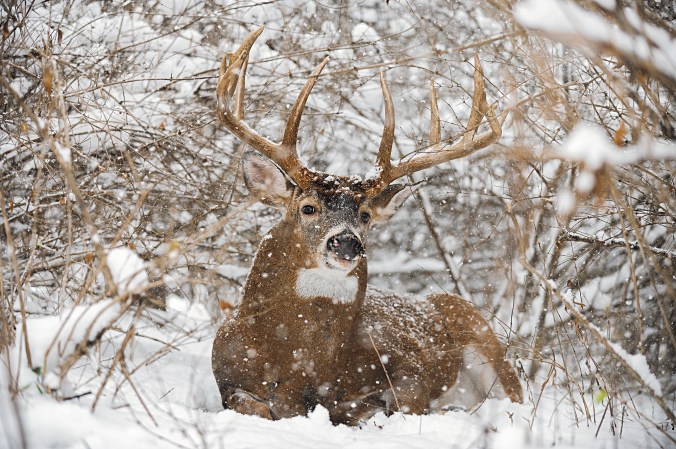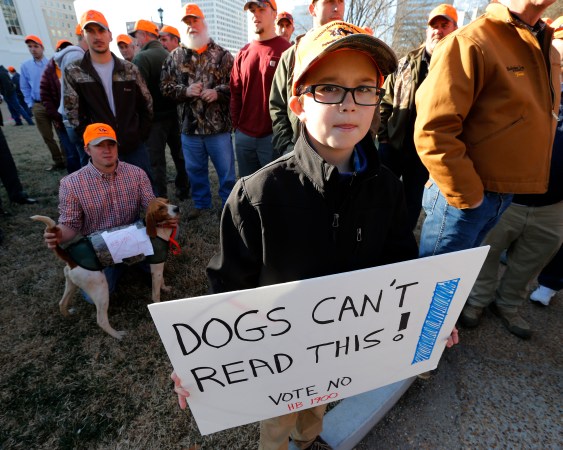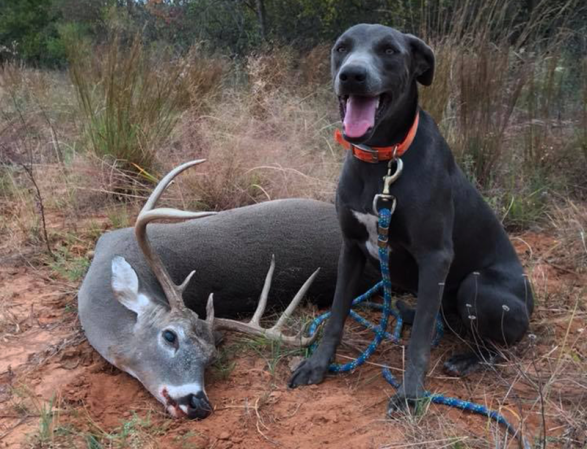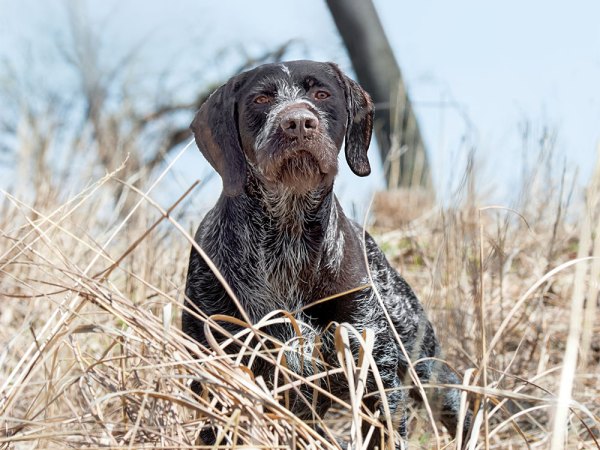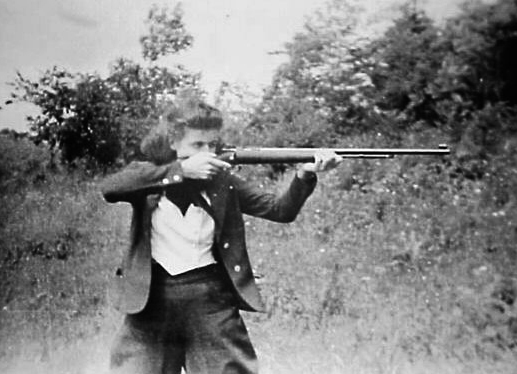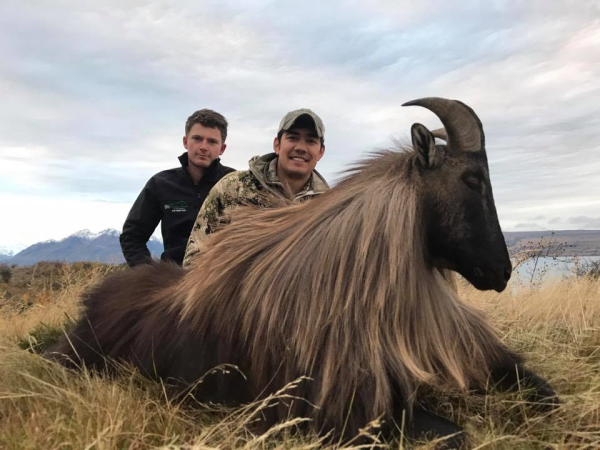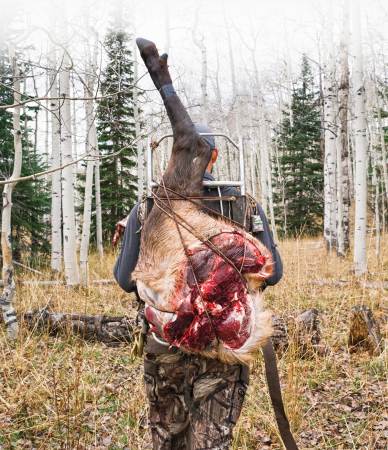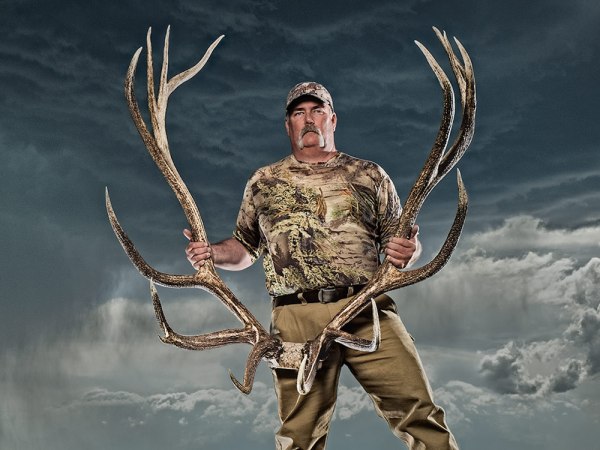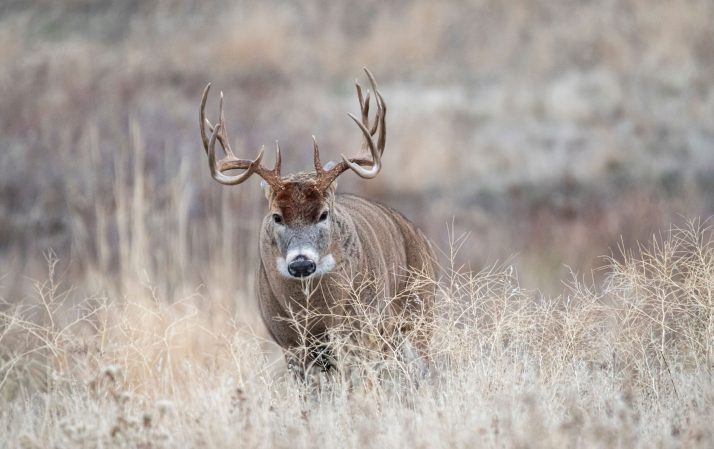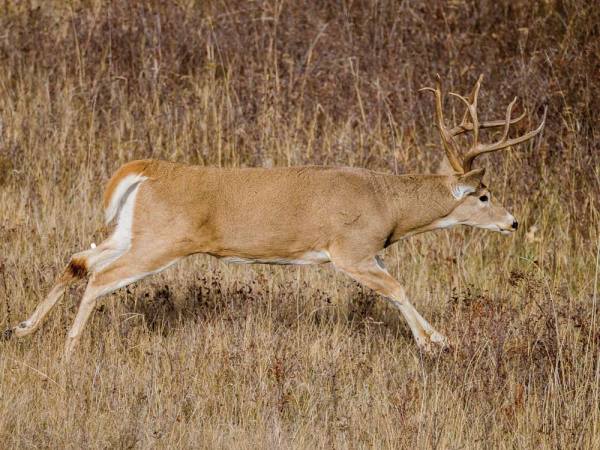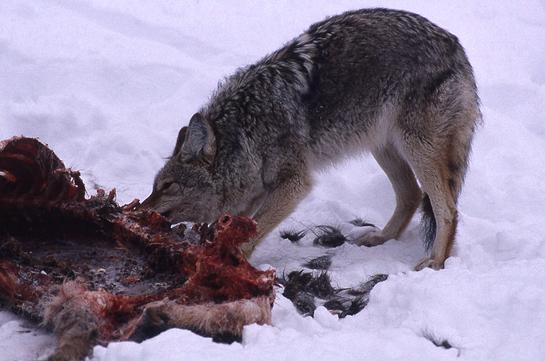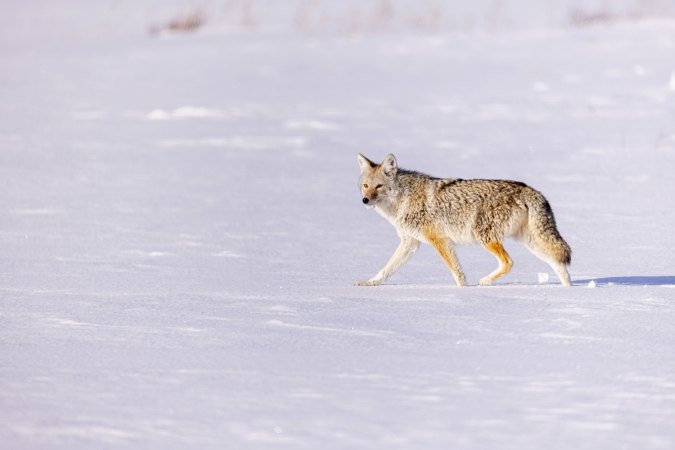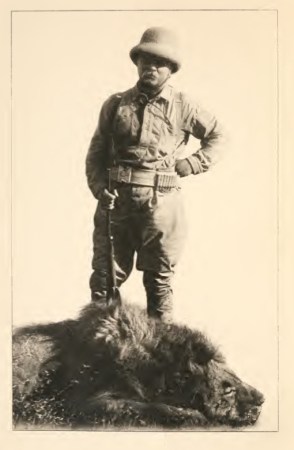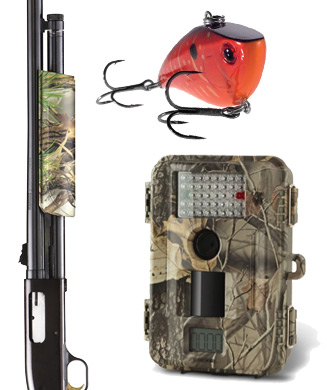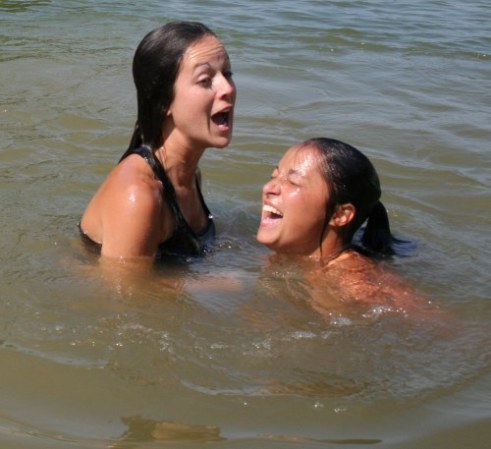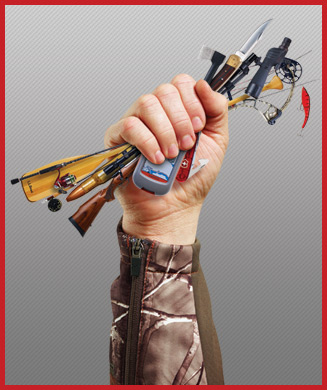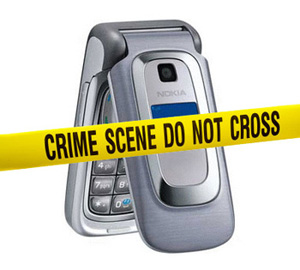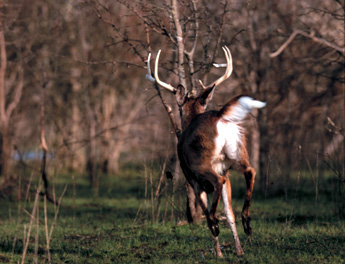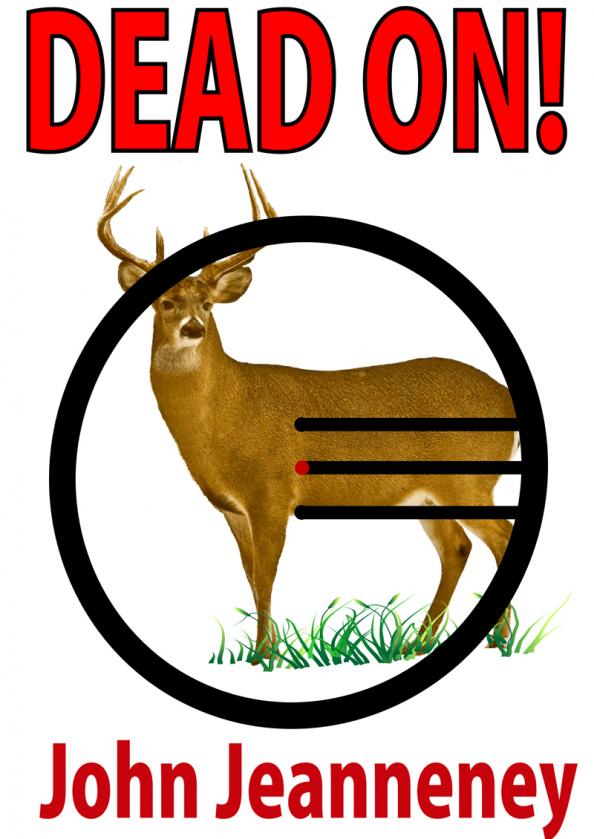
John Jeanneney tracks more wounded deer in a season than most bowhunters do in a lifetime. He is widely respected within the hunting community as one of the top trackers and blood trailing dog breeders. That’s why his recently released deer tracking book Dead On! raised more than a few eyebrows.
The book covers blood trailing and tracking from top to bottom, but one of Jeanneney’s most interesting points is that he encourages bowhunters to re-think the conventional wisdom of waiting (at least a half hour) after the shot to follow up on a deer. No more automatically sneaking out of the woods to let bowshot whitetails “lie down and stiffen up.” No more coming back after supper to pick him up.
Jeanneney admits that his “don’t wait” advice flies in the face of conventional bowhunting wisdom. Wisdom that is still taught in bowhunting education classes. But he has solid reasons for his recommendations.
Wait or Don’t Wait?
Dead On! posits hunters are wasting valuable time by waiting before searching. As a minimum they should quietly go to the hit site and search for evidence (provided the deer has left the area). This includes blood and hair analysis, looking for ground sign and arrow recovery if possible. If conditions are right, hunters should then immediately move forward with the tracking and recovery process. Here’s Jeanneney”s rationale for immediately moving forward.
Only Dead Deer Stiffen Up
Jeanneney argues that he has jumped hundreds of deer from their wound beds and has yet to observe any evidence of stiffness. Weakness, yes, but unless the deer is risen from the dead (as rigor mortis sets in after death) there will be no stiffness.
Initial Shock Favors the Hunter
Jeanneney then moves on to discuss shock theory stating: “shock (in humans) sets in within minutes of a traumatic injury.” Humans in shock are often drowsy and weak but often feel no pain. Medics treat shock by lying down the injured individual and helping him stay calm.
Transfer the above condition to a wounded deer and: “we can see that the time immediately following a traumatic injury is the time when a deer’s survival instincts are most likely to be most muddled …this is the time to approach carefully for a finishing shot rather than stay in the stand and hope for the best … it doesn’t make much sense to do what combat medics recommend for survival”.
Moving Deer Bleed More Than Bedded Deer
In defense of getting on the blood and pushing the deer, the author points out correctly that most if not all archery killed deer die through blood loss. A running deer’s heart rate is 3 times greater than that of a resting deer. It stands to reason that a heart pumping 3 times faster than a resting heart will bring on accelerated blood loss (and accompanying pressure loss and death) a lot quicker than a resting heart. A moving deer will be easier to track and flush out clots quicker than a resting deer. This argument applies to both chest and leg and shoulder hits. Hard to argue with that.
The Coyotes Will Get There First
If that’s not enough, Jeanneney’s argument against waiting is bolstered by the proliferation of coyotes in many areas. Coyote populations are rising rapidly in whitetail country and there is ample evidence to suggest that they are learning to key off of hunters, eagerly and easily following the scent trails of wounded or already dead game. This year I was beaten to my first bow kill of the season by a pack of hungry coyotes intent on eating supper the same time I was eating mine (while waiting for my deer to stiffen up and die). Numerous hunter anecdotes from around the country report “race to the carcass” conditions in coyote infested areas. Certainly it is very risky these days to follow traditional wisdom and wait until the next morning to find your deer.
When to Wait
With the caution of a true scholar Jeanneney is quick to state that a rapid follow-up is not always called for. Such is the case with shots to the stomach liver and intestines. Here he states there is much less external bleeding (easy tracking) and deer are prone to bed in the first few hundred yards. Sadly, many of these hits result in a slow and lingering death so it is best to try to keep them bedded in a small an area as possible.
Food for Thought
According to Jeanneney deciding on the appropriate waiting period is one of the toughest calls in deer hunting. After one of the worst (shooting) seasons our hunting gang has had in years I painfully must concur. Among the hunting fraternity nothing is worse than not recovering a wounded animal and recovery strategies must be thought out carefully.
If nothing else, Dead On! forces us to think more carefully our recovery strategies. With deer hunting season winding down, this is a good time to look back on our recovery rate. Did we lose more than we should have? Did we employ the right recovery strategies?
John would be the first to tell you that answers to these questions are never absolute and the only definitive answer is a recovered deer. But I can assure you that Dead On! can make your tracking decision a whole lot easier.
About the Book and the Author
Jeanneney’s tracking knowledge was accumulated over a 36-year career of tracking deer and responding to calls from hunters needing the assistance. Jeanneney has tracked over 1,000 wounded whitetails. He gets the call when the hunter gives up. He sometimes takes 2 or even 3 calls per night at his upstate NY location.
His secret? Years of experience and a kennel full of superbly trained tracking dogs. His dogs are worked on leash and are capable of following wounded deer for miles. Run out of blood sign, no problem, they will key on body scent. Rain, snow or a day old trail no problem, John and his dogs can generally work it through. Like the Energizer Bunny they just keep going and going until the deer is recovered or John decides the deer was not mortally wounded and reluctantly calls a halt to the search.
And this is what makes Dead On! truly unique. It is written from the point of view of a person who can stay on a wounded deer with no visual sign present. He can advance the line well beyond where a normal sight tracker must quit. Because of this he has been able to figure out what hundreds of wounded deer have done after being wounded. It’s this extra knowledge of following deer with no visual sign, (along with a lifetime of study and experience) which qualifies Jeanneney to write books, present papers (across the U.S. and abroad) and challenge conventional wisdom on recovering wounded deer with unparalleled authority.
The book should be required reading for anyone going afield with bow or gun and should be standard “reading room” material in every deer camp in America. At a little over 100 pages in length with a cost of $13.95, it’s both a quick read and easy on the pocketbook. Order on line at https://www.deadonbook.com/
